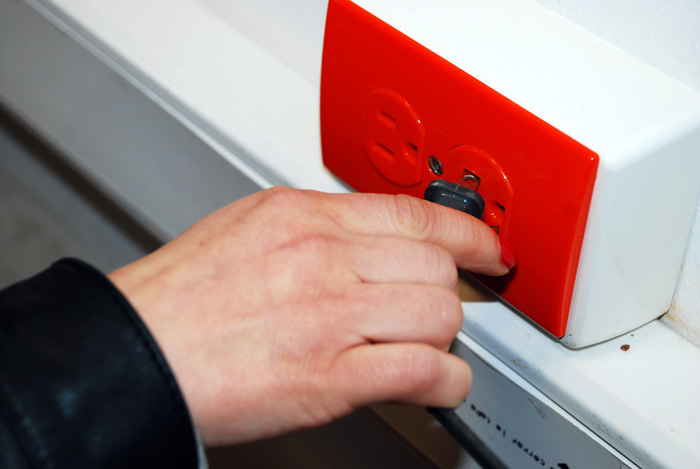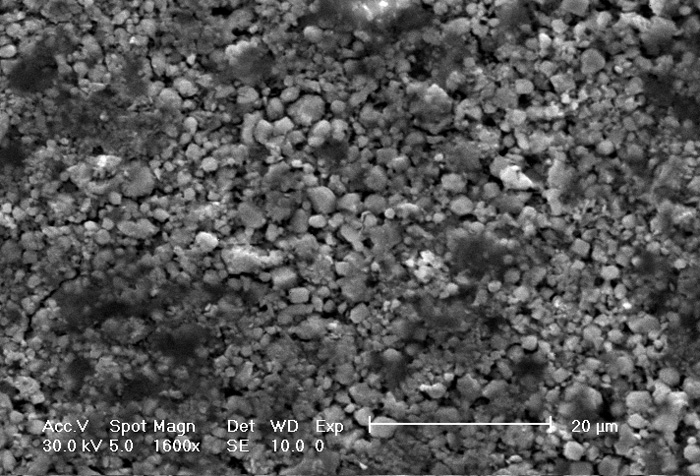According to Harby Alexander Martinez, student of Universidad Nacional de Colombia in Manizales, the energy problem and the contamination the planet has are his main motivations to research Solid Oxide Fuel Cells (SOFC).
"With the cells that are currently used, contamination and low efficiency are always a problem, since they work at temperatures of 1000°C, at times of one or two thousand constant hours. They also use materials such as platinum, which is limited and expensive," explained the student.
For this reason, after one year of work, based on highly resistant chemical elements such as lanthanum, strontium, and manganese oxide, this researcher created manganites, oxides used as raw materials for the production of anode, one part of the cell.
These are made by three times of materials, anode and cathode, which are do opposite poles such as those found in batteries, and a electrolyte that works as a bridge to transport charges to obtain energy.
"I"m still trying to investigate the other materials to build the cell, since the ideas is being a pioneer in the country with this project that uses technology to generate clean energy, which is currently one of the biggest needs in the planet" asserted the Physics Engineering student.
Fuel cells are used as batteries to provide energy at different scales. They can be small as those used in cars or large such as those being researched in this case, that will work as macro power plants, which means, for interconnected zones such as municipalities, towns and, in the same way, for more isolated places such as small villages.
 Correo Electrónico
Correo Electrónico
 DNINFOA - SIA
DNINFOA - SIA
 Bibliotecas
Bibliotecas
 Convocatorias
Convocatorias
 Identidad UNAL
Identidad UNAL





